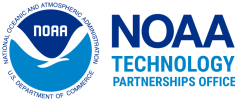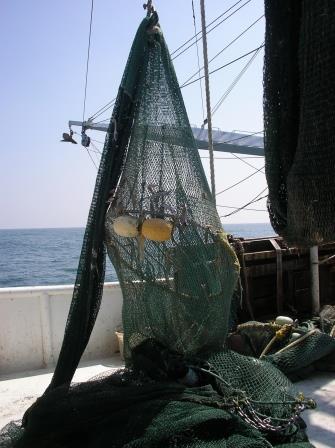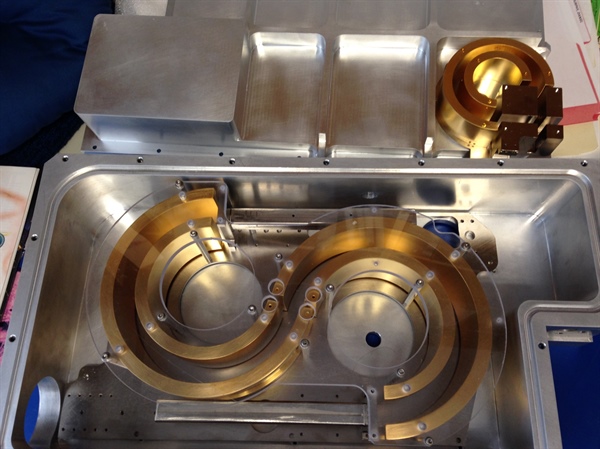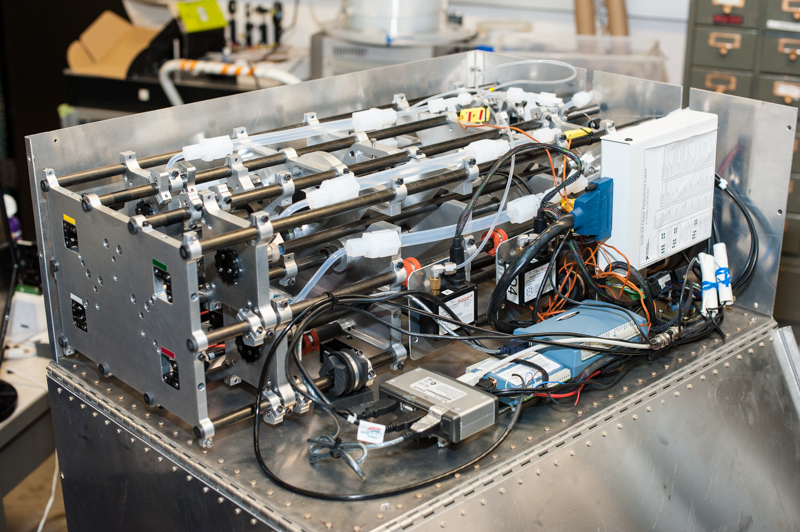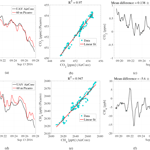Induced Fluorescence NO Detector and Method
US Patent 11,415,859 – Exclusive and Non-Exclusive Patent Licenses Available Background Nitric oxide (NO) is important to radical chemistry in Earth’s atmosphere. In the troposphere the catalytic reaction of NO with the hydroperoxy and organic peroxy radicals NO+RO2/HO2 →NO2 +RO/HO is frequently the rate-limiting step for the production of tropospheric ozone (O3), and causes the buildup of O3 from anthropogenic emissions of NO. Oxidation of NO also results in the formation of nitric acid, and consequently nitrate aerosols and nitrogen deposition. Current research in atmospheric science seek to understand radical chemistry cycling in low NO regimes. The ability to measure atmospheric NO at very low mixing ratios and with low uncertainty will be crucial to address questions in atmospheric chemistry research and in other fields of research for the foreseeable future. For example, measurement of NO in exhaled human breath is also an important diagnostic of various medical conditions including asthma. Summary of the Invention NOAA has developed a device and method to measure nitric oxide (NO) in the atmosphere with laser induced fluorescence using a fiber laser source to excite NO near 215 nm (A(v’=1) <- X(v’’=0) electronic transition). The technique can distinguish NO isotopologues (14N16O, 15N16O, 14N18O) and can be used to measure the isotope ratios. Nitrogen dioxide can be measured by photolyzing it and measuring the nitric oxide product. The technique uses a light source of sufficient power in the wavelength range of 300-410 nm, and illuminates the sampled gas either in the sampling inlet or in the fluorescence detection cell. The invention can be used to measure NO with very high precision (low part per trillion mixing ratios). Licensing Information NOAA is seeking qualified licensees to manufacture and sell this technology, which has been Patented in the United States. Interested parties should contact the NOAA TPO at noaa.t2@noaa.gov for more information.
Induced Fluorescence NO Detector and Method Read More »
